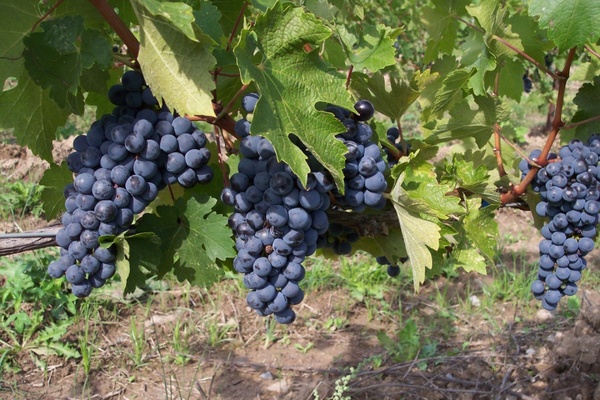Burgundy. Most of us are familiar with burgundy, the dark red color named after the wine. And perhaps many of us are familiar with Burgundy as a general term for French red wine.
Fewer likely know that Burgundy is a specific wine region in eastern France. And not all Burgundy is red.
It’s a fascinating region to learn about, but also maddening as it can take years of study to master. What keeps most of us interested is that it offers some of the most sublime drinking on the planet.
Unlike other French regions where many grapes are grown and used in labeled wines (Bordeaux permits up to eight; Chateauneuf-du-Pape allows 13) Burgundy has only a few. There are two main grapes in the prestigious vineyards of Burgundy, three if you include Beaujolais. A rather simplified way of looking at it is if you’re drinking white it’s chardonnay; red is pinot noir; and Beaujolais is gamay.
The area is divided into five main regions, two of which, Chablis and Beaujolais, are sometimes considered distinct regions. The others are the Cote d’Or, the Cote Chalonnaise and the Maconnais.
The area most wine lovers revere is the Cote d’Or, a 30-mile long strip of land to the south of Dijon, which produces much of Burgundy’s greatest and most famous wines. The northern half is called the Cote de Nuits producing mainly reds and the southern half the Cote de Beaune producing some of the world’s greatest whites as well as some reds.
The key to understanding Burgundy is to familiarize yourself with the names of individual villages or communes such as Meursault, Gevrey-Chambertin or Nuits-St-Georges. Each area is subdivided into individual vineyards which may in turn be divided into many different owners.
This is where it gets really confusing, especially in the Cote d’Or, because this area is so minutely parceled. This in part because the land has been continuously owned by individual small land holders — the combination of the Napoleonic Code, insistence on equal inheritance for every family member and the fact the land is so valuable meant that small family holdings have been divided and subdivided and even subdivided again over generations — as opposed to large estates found in our regions. One vineyard or climat, may be owned by many different individuals each sometimes cultivating and bottling just a single row or two of vines.
But the best way to learn about Burgundy is in the glass. In the past week, I have tasted these wines that are distinct examples of the breathtaking intrigue Burgundy wines offer. Each one signifies those undeniable differences in terroir yet all growing with those same simple grapes.
- 2013 Nicolas Potel Rully 1er Cru La Pucelle, France (about $59 retail)
- 2014 Nicolas Potel Pernand-Vergelesses 1er Cru Les Fichots, France (about $65 retail)
